Canada has strict regulations in place for the importation of Natural Health Products (NHPs) and dietary supplements. In order to successfully navigate these regulations and ensure compliance, it is important to understand the steps involved in the importation process. This article will guide you through the key considerations and requirements when importing NHPs and dietary supplements into Canada.
Understanding Canada’s Regulations for Importation of NHPs and Dietary Supplements
Before importing NHPs and dietary supplements into Canada, it is crucial to have a solid understanding of the country’s regulations. Health Canada, the regulatory authority for NHPs, has specific requirements for the importation, labelling, and sale of these products. Familiarize yourself with the Natural Health Products Regulations to ensure compliance.
Canada’s regulations for the importation of NHPs and dietary supplements are designed to ensure the safety and quality of these products. Health Canada, as the regulatory authority, plays a vital role in protecting the health of Canadians by setting standards and guidelines for the importation and sale of NHPs and dietary supplements.
The Natural Health Products Regulations, which govern the importation of NHPs, outline the requirements that importers must meet to bring these products into Canada. These requirements include providing evidence of product safety, efficacy, and quality. Importers must also ensure that their products are properly labelled and meet the specific labelling requirements set by Health Canada.
It is important to note that NHPs and dietary supplements are regulated differently in Canada. While NHPs fall under the Natural Health Products Regulations, dietary supplements are regulated under the Food and Drugs Act. This means that importers of dietary supplements must adhere to the requirements set by Health Canada’s Food Directorate.
The Food and Drugs Act sets out the requirements for the importation, labelling, and sale of dietary supplements in Canada. Importers must ensure that their products meet the safety and quality standards set by Health Canada’s Food Directorate. They must also ensure that their products are properly labelled, providing accurate information to consumers.
Compliance with Canada’s regulations for the importation of NHPs and dietary supplements is essential for importers to successfully bring their products into the country. Failure to comply with these regulations can result in delays, seizure of products, or even legal consequences. It is therefore crucial for importers to thoroughly understand and adhere to the requirements set by Health Canada.
By familiarizing themselves with the Natural Health Products Regulations and the requirements set by Health Canada’s Food Directorate, importers can navigate the process of importing NHPs and dietary supplements into Canada with confidence. Ensuring compliance with these regulations not only protects the health and safety of Canadians but also helps importers establish a reputable and successful business in the Canadian market.
Personal Importation Policy for NHPs and Dietary Supplements
If you are an individual looking to import NHPs or dietary supplements for personal use, Health Canada allows personal importation with certain restrictions. The products you import must be for your own use, not for sale or distribution. However, there are limits on the quantity that can be imported without authorization.
It is essential to review Health Canada’s personal importation policy to understand the limits and restrictions that apply to personal importation of NHPs and dietary supplements.
Importing NHPs and Dietary Supplements “For Sale”
If you are importing NHPs and dietary supplements with the intention to sell them in Canada, it is important to be aware of the additional requirements and regulations. In this case, you will need to obtain an NHP Site License or establish a business with a Canadian NHP Site License holder.
This license ensures that your imported products meet all necessary quality and safety standards. You may also need to provide evidence of compliance with Good Manufacturing Practices (GMP).
Consult Health Canada’s guidelines for obtaining an NHP Site License for more information on the requirements and process.
Hiring an Importer of Record for NHPs
If you are unfamiliar with the importation process or do not have the resources to handle it yourself, hiring an Importer of Record (IOR) can be a beneficial option. An IOR is a third-party service provider who can take care of the importation process on your behalf.
An experienced IOR will ensure that the necessary permits and documentation are obtained, and that your imported NHPs and dietary supplements are compliant with Canadian regulations. This can alleviate the complexities and potential pitfalls of importing products into Canada.
Ensuring Compliance with Canadian Labelling Requirements
Proper labelling is crucial when importing NHPs and dietary supplements into Canada. Health Canada has specific labelling requirements that must be met, including clear and accurate information on the product, its ingredients, and any health claims made.
It is important to ensure that your product labels comply with these regulations before importing them. Failure to do so can result in delays, additional costs, or even the rejection of your imported products at the border.
Understanding the Role of the Canadian Food Inspection Agency
The Canadian Food Inspection Agency (CFIA) plays a vital role in the importation of NHPs and dietary supplements. The CFIA is responsible for enforcing federal regulations related to product safety, animal health, and plant protection.
When importing NHPs and dietary supplements into Canada, it is important to be aware of any specific requirements or restrictions set by the CFIA. This can include things like import permits, inspections, and documentation related to the safety and quality of the products.
Navigating Canadian Border Services Agency Requirements
When importing NHPs and dietary supplements into Canada, you will need to navigate the requirements set by the Canadian Border Services Agency (CBSA). The CBSA enforces border regulations, including customs and importation procedures.
Ensure that you are familiar with the documentation and procedures required by the CBSA. This may include completing customs forms, paying duties and taxes, and declaring your imported products correctly.
Working with a knowledgeable customs broker can help simplify the importation process and ensure compliance with CBSA requirements.
Keeping Track of Changes in Canadian Regulations for NHPs and Dietary Supplements
It is important to stay updated on any changes or updates to Canadian regulations for NHPs and dietary supplements. Health Canada periodically revises and updates its regulations, and it is crucial to be aware of these changes to ensure ongoing compliance.
Subscribe to Health Canada’s mailing lists, participate in industry forums, and consult with regulatory experts to stay informed about any regulatory changes that may affect your importation process.
Importing NHPs and dietary supplements into Canada can be a complex process, but with proper knowledge and preparation, it can be successfully navigated. By understanding the regulations, requirements, and agencies involved, you can ensure compliance and smoothly import your products into the Canadian market.



